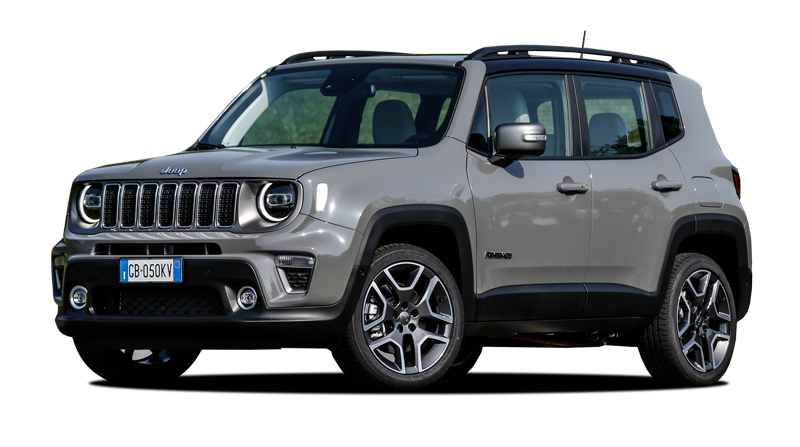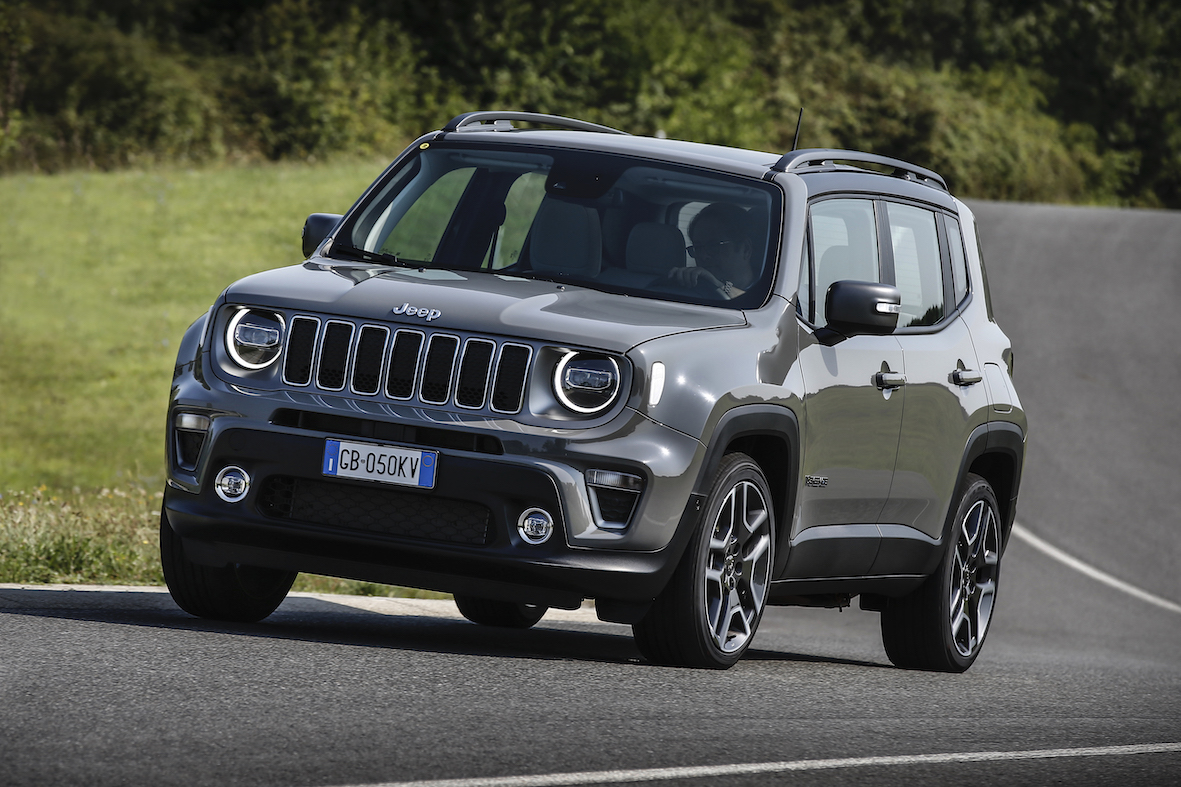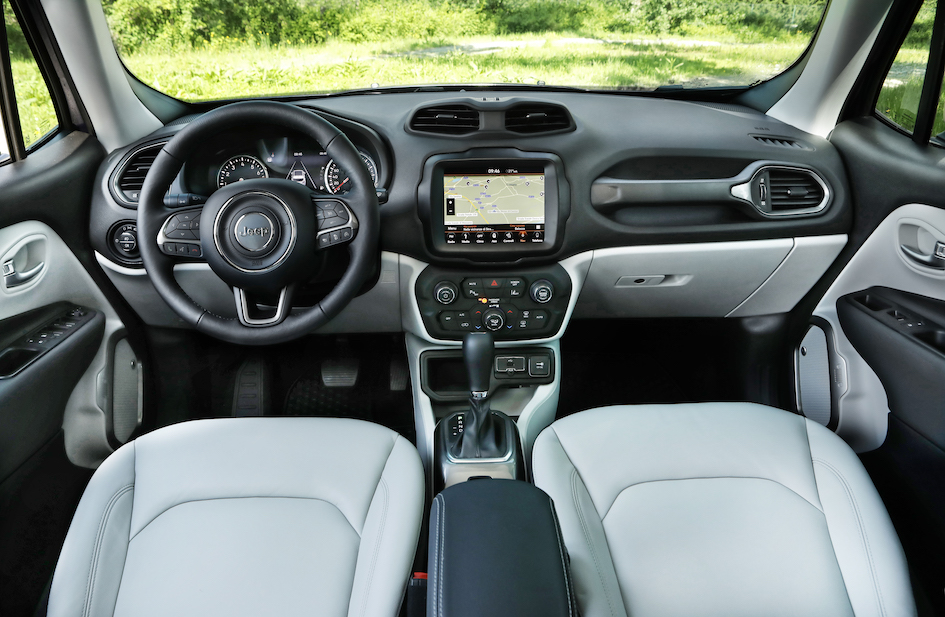Range
Jeep says you’ll get 26 miles on a full charge and we found that to be pretty accurate on a warm summer afternoon. On average we’d say around 20 miles would be expected all year round, though. Press the E-Save mode button on the dashboard and prod the menus on the touchscreen and you’ll find Battery Hold and Battery Save modes. They do as they say on the tin – Hold retains the battery’s charge, which is useful if you need to drive in a zero emissions city in the future, while Charge refills the battery using petrol power to generate electricity when it’s depleted. That sounds good but it’s the most inefficient way to run the petrol engine and will cripple fuel economy. To maximise the car’s range, it’s best to press the Max Brake Regeneration button and use the energy harnessed when you lift off the accelerator to fill the battery. The car’s standard level of regen is virtually non-existent.
Battery
At 11.4kWh the Renegade’s battery is a pretty decent size for a small SUV, but its 26-mile range is small compared to the Renault Captur E-TECH. The Renault manages 30 miles with a smaller 9.8kWh battery, for instance. Nevertheless, Jeep has cleverly positioned the battery under the rear seats and alongside the petrol tank (which is now 40 litres compared to a normal Renegade’s 50-litres), meaning it doesn’t encroach on boot room. If the battery is completely drained while driving, a small generator connected to the engine can charge up the battery – but getting the engine to do this hurts fuel economy.
Charging
You’ll find the charging flap on the kerbside rear wing on the opposite side to the petrol filler cap. Flip it open and you’ll find the usual Type 2 input with lights showing whether it’s on charge or if it’s fully charged, and the maximum charging speed is 7.4kW - the same as you'll get from most home or public charging points. That means a full charge takes 1hr 40mins while a three-pin charge takes 5hrs 30mins, but you can’t rapid charge it which is normal for most PHEVs. We like that Jeep throws in a Type 2 and a three-pin charging cable as standard, while some car makers charge you extra for these.









.png)
.jpg)






